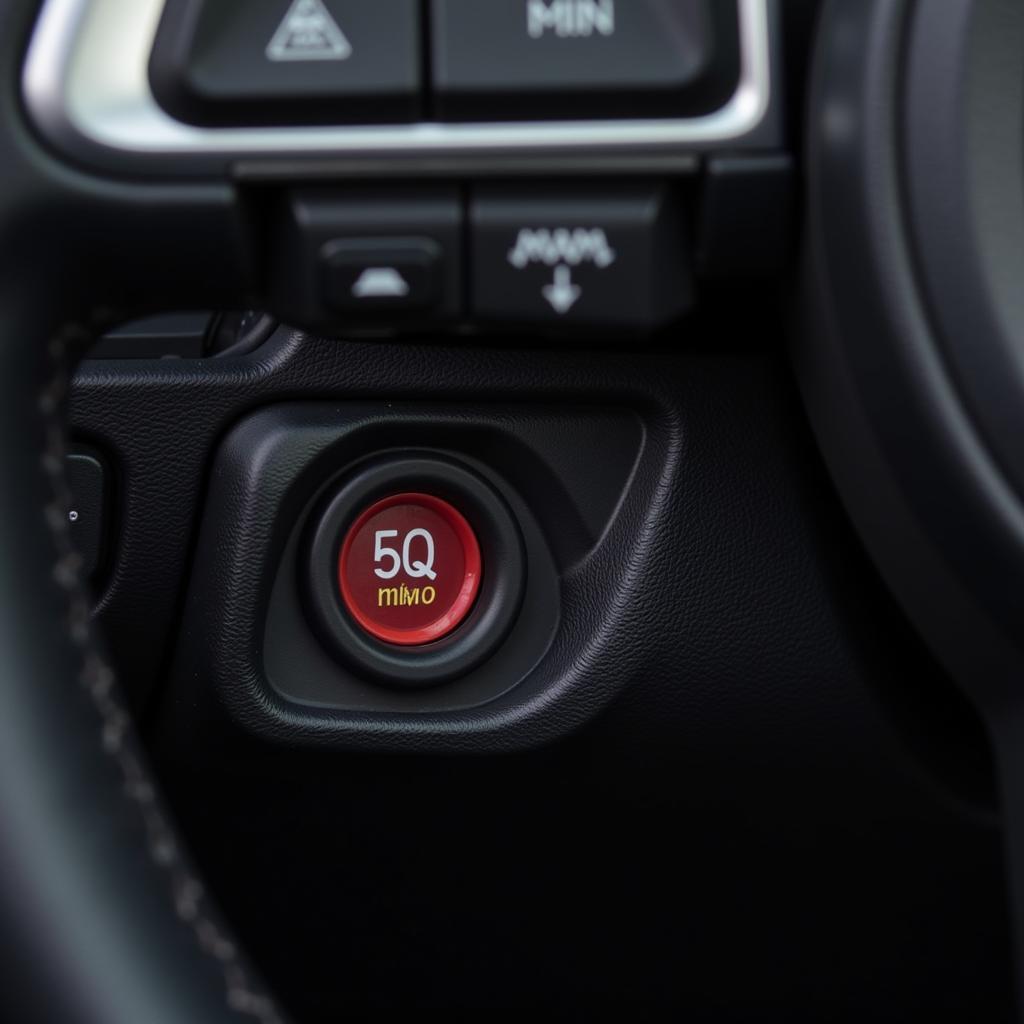Experiencing flashing ABS and brake lights in your 2006 Ford Taurus can be unnerving. These warning lights signal a potential issue with your vehicle’s braking system, requiring immediate attention. While a trip to a qualified mechanic is recommended for a thorough diagnosis, this comprehensive guide offers insights into common causes and potential solutions for flashing ABS and brake light warnings in a 2006 Ford Taurus.
Understanding the Warning Lights
Your Ford Taurus uses the ABS and brake warning lights to communicate potential problems with your braking system.
- ABS Light: The Anti-lock Braking System (ABS) light indicates an issue within the ABS system, which prevents wheel locking during hard braking.
- Brake Light: The red brake light signals problems with the traditional hydraulic braking system, such as low brake fluid or worn brake pads.
When both lights illuminate simultaneously, it often points to a more serious problem requiring immediate attention.
Common Causes for Flashing ABS and Brake Lights
Several factors can trigger flashing ABS and brake light warnings in a 2006 Ford Taurus. Here are some of the most common culprits:
1. Faulty ABS Wheel Speed Sensor
The ABS system relies on wheel speed sensors to monitor each wheel’s rotational speed. A malfunctioning sensor can send incorrect signals to the ABS control module, triggering the warning lights. Damaged wiring or a buildup of debris on the sensor can also cause this issue.
2. Low Brake Fluid Level
Low brake fluid is a serious issue that can trigger both the ABS and brake warning lights. A leak in the brake lines, calipers, or wheel cylinders can lead to low fluid levels.
3. ABS Module Malfunction
The ABS module is the brain of the anti-lock braking system. If this electronic component malfunctions due to electrical issues or internal faults, it can cause various problems, including illuminating the warning lights.
4. Worn Brake Pads
While primarily associated with the brake warning light, excessively worn brake pads can indirectly trigger the ABS light. This occurs because the worn pads allow more travel in the brake calipers, potentially affecting the ABS system’s performance.
5. Damaged ABS Tone Ring
The ABS tone ring is a toothed ring located on the wheel hub. The wheel speed sensor uses this ring to detect wheel speed. A damaged or broken tone ring can disrupt the sensor’s signal, leading to warning lights.
Troubleshooting Tips
Before assuming the worst, consider these troubleshooting steps:
- Check Brake Fluid: Inspect the brake fluid level in the master cylinder reservoir. If low, add the appropriate brake fluid and check for leaks.
- Inspect Wiring and Connectors: Visually examine the wiring harnesses and connectors around the ABS components, including the wheel speed sensors and ABS module. Look for any signs of damage, corrosion, or loose connections.
- Scan for Diagnostic Trouble Codes: A diagnostic scanner can retrieve trouble codes stored in the vehicle’s computer. These codes provide valuable information about the specific fault triggering the warning lights, aiding in accurate diagnosis and repair.
Importance of Professional Diagnosis
While these tips provide a starting point for troubleshooting, it’s crucial to remember that diagnosing and repairing complex automotive systems like ABS often requires specialized tools and expertise.
“Attempting DIY repairs on critical safety systems like ABS can be risky,” advises John Miller, ASE Certified Master Technician. “Without the proper knowledge and equipment, you may inadvertently worsen the problem or overlook underlying issues that require professional attention.”
Conclusion
Flashing ABS and brake light warnings in your 2006 Ford Taurus should never be ignored. Understanding the potential causes and taking appropriate action can ensure your safety and prevent further damage to your vehicle. While simple checks can provide initial insights, seeking professional diagnosis and repair from a qualified mechanic is crucial for accurately diagnosing and safely addressing any underlying issues.


